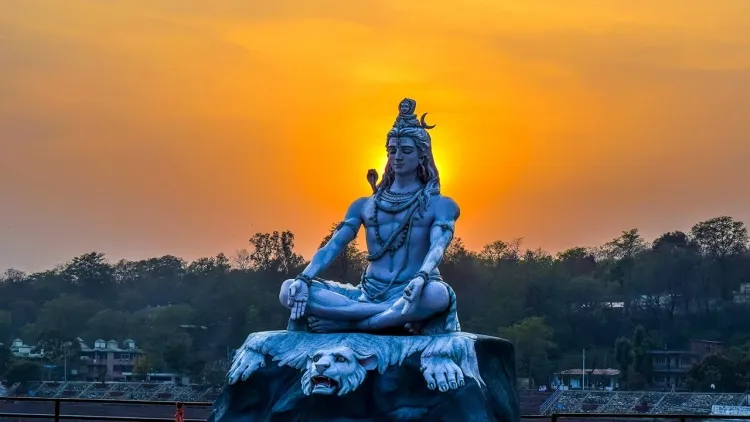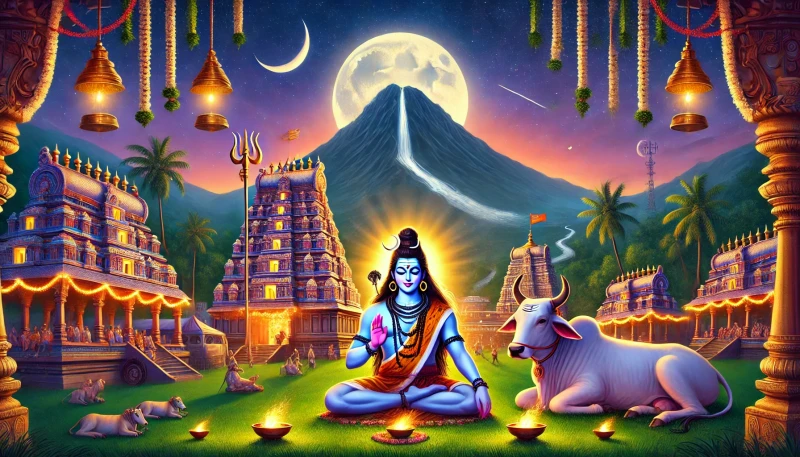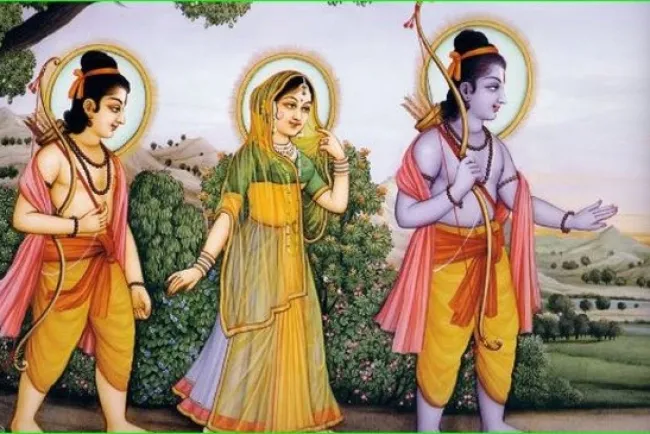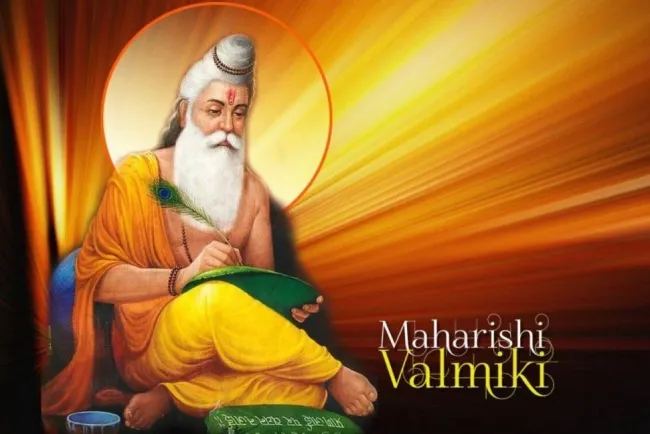Maha Shivaratri: Celebrating the Great Night of Shiva...!!!
Maha Shivaratri is a deeply spiritual and culturally rich festival that brings devotees closer to Lord Shiva. It is a time for reflection, devotion, and seeking spiritual enlightenment.

Introduction
Maha Shivaratri, translating to "the Great Night of Shiva," is one of Hinduism's most important festivals, dedicated to Lord Shiva, one of the main deities of the Hindu trinity. Celebrated annually, this sacred night falls on the 14th night of the new moon during the Hindu month of Phalguna, which corresponds to February or March in the Gregorian calendar. Devotees in India and worldwide observe Maha Shivaratri with deep devotion, participating in various religious activities and rituals.
Significance of Maha Shivaratri
Maha Shivaratri holds immense spiritual and cultural significance. The festival is believed to commemorate several key events in Hindu mythology:
-
Marriage of Shiva and Parvati: One popular legend suggests that Maha Shivaratri marks the divine marriage of Lord Shiva and Goddess Parvati, symbolizing the union of masculine and feminine energies.
-
Cosmic Dance of Shiva: Another legend recounts that Shiva performed his cosmic dance, the Tandava, on this night. The Tandava represents the universe's creation, preservation, and destruction.
-
Appearance of Shiva as Lingam: Some traditions hold that on Maha Shivaratri, Lord Shiva manifested as a lingam, an iconic representation of the deity. This event is celebrated with the ritualistic worship of the Shiva lingam.
-
Victory Over Darkness and Ignorance: Maha Shivaratri is seen as a time to overcome darkness and ignorance. Devotees seek Shiva's blessings for spiritual growth, wisdom, and liberation from the cycle of birth and death (moksha).

Rituals and Observances
-
Fasting: Devotees observe a strict fast on Maha Shivaratri, abstaining from food and water or consuming only light vegetarian meals. Fasting is believed to purify the body and mind, enhancing spiritual discipline.
-
Nightlong Vigil: Worshippers stay awake throughout the night, chanting prayers, hymns, and mantras dedicated to Lord Shiva. The nightlong vigil, known as "jagaran," symbolizes the victory of light over darkness.
-
Abhishekam (Ritual Bath): Devotees perform abhishekam by bathing the Shiva lingam with various offerings, including milk, honey, yogurt, ghee, and water. Each offering represents different elements of nature and is believed to invoke Shiva's blessings.
-
Offering Bilva Leaves: Bilva (or bael) leaves are considered highly sacred and are offered to the Shiva lingam. The three-lobed leaves are said to represent Shiva's trident (trishul) and are believed to purify the mind and soul.
-
Chanting and Meditation: Devotees chant sacred hymns and mantras, such as the "Maha Mrityunjaya Mantra" and "Om Namah Shivaya," to seek Shiva's protection and blessings. Meditation and introspection are also integral parts of the observance.
-
Temple Visits: Many devotees visit Shiva temples to participate in special rituals and ceremonies. Major Shiva temples, such as Kashi Vishwanath in Varanasi, Somnath in Gujarat, and Kedarnath in Uttarakhand, witness large gatherings of devotees on this day.
Cultural Celebrations
In addition to religious observances, Maha Shivaratri is celebrated with various cultural activities, including music, dance, and storytelling. Traditional performances of classical music and dance forms, such as Bharatanatyam and Kathak, are held in honor of Lord Shiva. The festival also provides an opportunity for communities to come together and celebrate their shared cultural heritage.

Regional Variations
Maha Shivaratri is celebrated with regional variations across India:
-
North India: In the northern states, devotees gather at prominent Shiva temples and participate in elaborate processions, carrying the idol of Shiva on decorated palanquins.
-
South India: In the southern states, devotees observe strict fasts and perform abhishekam with special offerings. The temples are beautifully adorned with flowers and lights.
-
West India: In Maharashtra and Gujarat, devotees visit famous temples like Trimbakeshwar and Somnath. They participate in traditional rituals and cultural programs.
-
East India: In states like West Bengal and Odisha, devotees perform rituals at home and visit temples to offer prayers and seek blessings.
Maha Shivaratri is a deeply spiritual and culturally rich festival that brings devotees closer to Lord Shiva. It is a time for reflection, devotion, and seeking spiritual enlightenment. The festival's rituals and observances highlight the importance of inner purification, self-discipline, and the pursuit of divine grace. As devotees come together to celebrate the Great Night of Shiva, they reaffirm their faith and dedication to one of Hinduism's most revered deities.
What's Your Reaction?

















